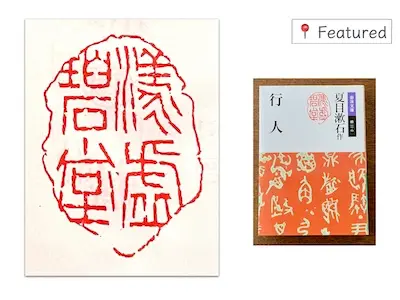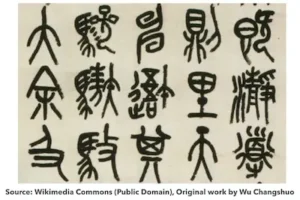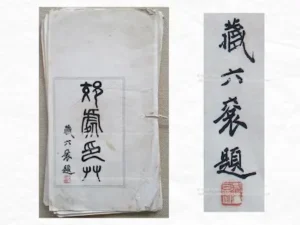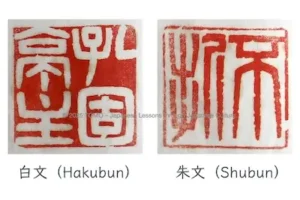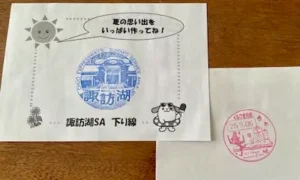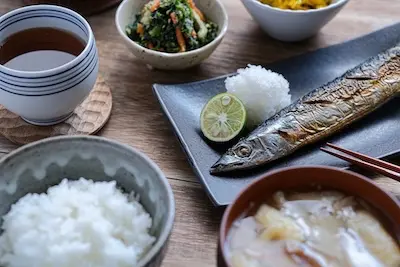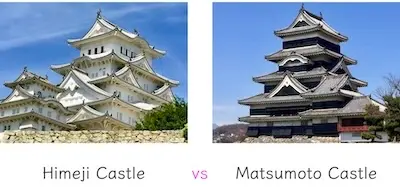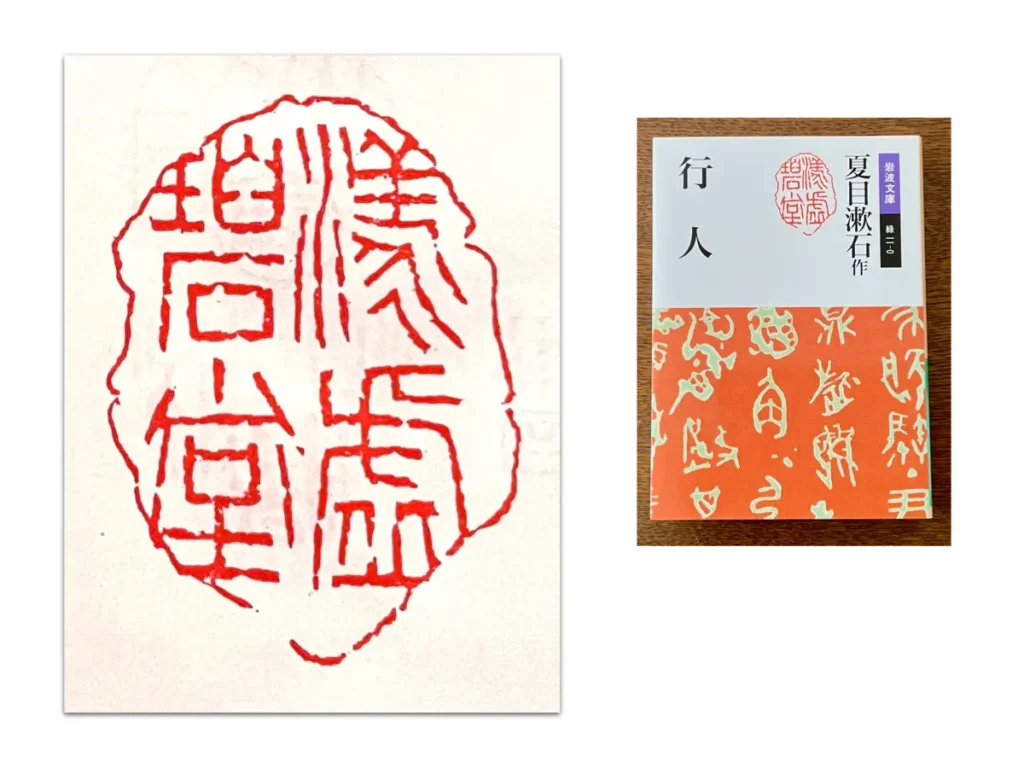
出典:(右)夏目漱石『行人』、岩波書店 / Source: (right)Natsume Sōseki, Kōjin, Iwanami Shoten
Kōsho and His Seals for Soseki|Explore Japanese Language and Culture
My Ancestor Kōsho Made Seals for Natsume Soseki: A Surprising Connection
How would you feel if you discovered that your ancestor had worked with Natsume Soseki?
For me, this realization came suddenly, just a few years ago.
It was normal to have the seal works of my ancestor, Kōsho, at home, and I thought he was just a little known figure in our local area.
However, I found out that Kōsho also made seals for Soseki.
So, what role did these seals play for Soseki?
Soseki loved seals, and this is mentioned in many historical sources and literature.
“漾虚碧堂 (Yōkyohekidō)” Seal Carved by Kōsho
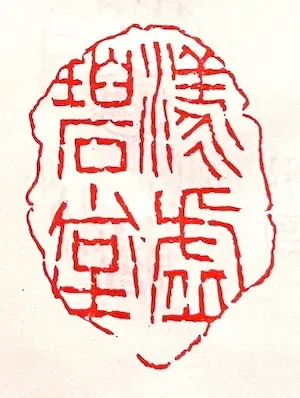
One of the seals carved by Kōsho is called “漾虚碧堂 (Yōkyohekidō).”
This seal was engraved with the phrase that Soseki used for his study, starting around 1896.
It was created as the signature seal for Soseki’s painting “青嶂紅花図 (Seishōkōkazu)” in 1915, during the Taishō 4th year.
The title “青嶂紅花図 (Seishōkōkazu)” means “a painting of blue mountain peaks and red flowers.”
The phrase also appears in Soseki’s novel 『草枕 (Kusamakura)』 and other works.
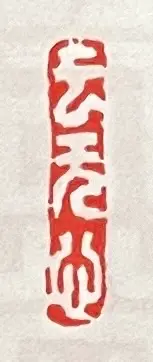
Another seal is called “雲無心 (Unmushin).”
This one is stamped on the upper right of Soseki’s calligraphy and painting works.
It is known as a “引首印 (inshu-in)” or “starting corner seal.”
The material is likely bamboo, which is very hard, and it is said to be difficult to carve fine characters on it.
As a Verification Seal for the “Soseki Complete Works”
Why the “漾虚碧堂 (Yōkyohekidō)” Seal Was Chosen
Later, this “漾虚碧堂 (Yōkyohekidō)” seal was used as the verification seal in the colophon of the Sōseki Zenshū(Complete Works of Soseki).
The collection was published after Soseki’s death by Iwanami publications.
Note: Iwanami publications is a major Japanese publishing company.
一日がかりの検印
漱石全集の検印には「漾虚碧堂」と掘られた不整形の印を捺している。六〇×四五ミリほどの大きさで、寸法は短く持ちにくい石材の印だった。
矢口進也 『漱石全集物語』p29 2016年
(A full day spent on verification
For the verification of the Sōseki Zenshū (Complete Works of Soseki), they stamped an irregularly shaped seal engraved with “漾虚碧堂 (Yōkyohekidō).”
It measured about 60 × 45 mm, and its short dimensions made it difficult to hold, even though it was made of stone.)
Note: Although the text mentions stone, based on photographs, the seal appears to be made of wood.
The “irregular shape” is actually the greatest charm of this “漾虚碧堂” seal.
This is because the irregularity comes from using the natural shape of the wood itself.
The Connection Between Shigeo Iwanami
So, why was the “漾虚碧堂 (Yōkyohekidō)” seal chosen from among many seals for the colophon?
One reason is that Shigeo Iwanami, the founder of Iwanami publications, and Kōsho were from the same region in Shinshu (Nagano Prefecture).
Their hometowns were neighboring towns, so it is likely that they knew each other.
After founding Iwanami publications, Iwanami’s first published work was Natsume Soseki’s Kokoro (こころ).
Because of this connection, Iwanami publications decided to publish Soseki’s first complete works after his death.
The collection is called the Sōseki Zenshū (漱石全集, Complete Works of Soseki).
The Connection Between Kōsho and Fusetsu Nakamura
Another reason may involve Fusetsu Nakamura. Fusetsu was both a calligrapher and a painter.
Kōsho and Nakamura were close enough that Kōsho asked him to carve inscriptions on grave stones.
(For more details, see Kōsho’s Grave: Inscription Written by Fusetsu, Seals by Kōsho.)
Fusetsu also drew the illustrations for Natsume Soseki’s novel I Am a Cat (吾輩は猫である, Wagahai wa Neko de Aru).
A Special Exchange with Natsume Soseki
When Kōsho carved seals for Natsume Soseki, it seems that they communicated directly.
Seal carvers create seals for their clients, and the seals themselves are given to the client.
Therefore, the carver does not usually keep the seal.
For this reason, Kōsho made a collection of the seals he carved.
In that collection, there is a handwritten message from Soseki himself.
I cannot show it here, but I hope to present it on another occasion.
The Seal Still in Use Today
Repeated use in Iwanami publications (岩波書店)
Afterward, the “Yōkyohekidō (漾虚碧堂)” seal continued to appear in publications by Iwanami publications.
In 1935, which marked the 20th anniversary of Soseki’s death, the Definitive Edition of the Sōseki Zenshū (決定版 漱石全集, Complete Works of Soseki), Volume 14, included a seal catalog.
Both “Yōkyohekidō (漾虚碧堂)” and “Unmushin (雲無心)” were shown there.
Appearance on the Cover of Kōjin (行人)
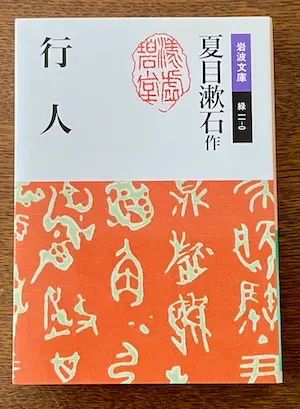
Even today, the seal can be seen on the cover of the Iwanami Bunko edition of Kōjin (行人).
Living Symbol of Soseki’s World
This year marks the 110th anniversary of the creation of “Yōkyohekidō (漾虚碧堂)”.
Even now, it continues to live on as a symbol that colors the world of Soseki.
The small seal carved by my ancestor Kōsho has crossed time and still reaches the hands of many readers today.
When I think that it continues to live as a part of the works, I deeply feel the profound connection between history and literature.
Discovery Through the Official Archive
One of the reasons I learned that my ancestor Kōsho carved seals for Soseki was through the official digital archive of Natsume Soseki.
This archive introduces Soseki’s calligraphy, paintings, and seals.
You can also find the “Yōkyohekidō (漾虚碧堂)” and “Unmushin (雲無心)” seals carved by Kōsho there.
→ Natsume Soseki Digital Archive: Click on “印章(Seals)” and scroll down to the 21st and 22nd items.
Want to know more about Sōseki’s passion for seals? Read here: Did Natsume Sōseki Love Seals?
Japanese of the Day / 今日の日本語
- Word:印章 (inshō) – seal, stamp
- Meaning:A carved seal used instead of a signature.
- Example:これは私の印章です。 (Kore wa watashi no inshō desu.))
(This is my seal.) - Fun Fact:Unlike in many Western countries where signatures are common, Japan still relies on seals (hanko or inshō).
They are used for official documents, bank accounts, and even artwork.
Interested in exploring more about Japanese culture? Check out our upcoming Culture Course.
◆ Would you like to talk about Japanese culture? ◆
In the Culture Course, you can learn to speak about Japanese culture with me.
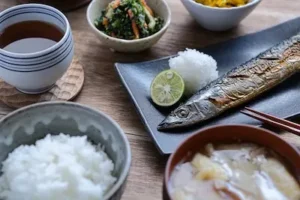
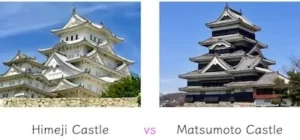
先祖郊処が漱石に関わっていた驚きの発見
もし、自分の先祖が夏目漱石に関わっていたと知ったら、あなたはどう感じますか?
私の場合、それは数年前に突然訪れた発見でした。
先祖の篆刻家郊処の篆刻作品が家に作品があるのは当たり前。少し地元で知られている程度だろう、と思っていました。
実は郊処は漱石の印章も作っていたのです。
では、その印章は漱石にとってどんな役割を果たしていたのでしょうか。
漱石は「印」が大好きでした。そのことは数多くの文献に書かれています。
郊処が彫った「漾虚碧堂」の印
郊処が彫った印のひとつに、「漾虚碧堂(ようきょへきどう)」があります。
この印は、漱石が1896年ごろから自らの書斎の号として使っていた言葉を彫ったものです。
これは、大正4年(1915年)に描かれた漱石の絵画「青嶂紅花図(せいしょうこうかず)」の落款印として作られました。
「青嶂紅花図」とは「青い山の峰と紅い花を描いた絵」という意味です。小説『草枕』などに登場する言葉です。
もう一つの印は「雲無心」です。
こちらは書画作品の右上に捺されています。「引首印(いんしゅいん)」と呼ばれるものです。
材質は、おそらく竹です。竹は硬いので、細かい字を彫ることが難しいといわれています。
『漱石全集』の検印として
なぜ「漾虚碧堂」の印が選ばれたのか
のちに、この「漾虚碧堂」の印は、漱石没後に刊行された『漱石全集』(岩波書店)の奥付の検印として使われました。
一日がかりの検印
漱石全集の検印には「漾虚碧堂」と掘られた不整形の印を捺している。六〇×四五ミリほどの大きさで、寸法は短く持ちにくい石材の印だった。
矢口進也 『漱石全集物語』p29 2016年
(石材とありますが、写真で見ても木材だと思われます。)
「不整形」それこそが、この「漾虚碧堂」の印の最大の魅力です。
なぜなら、不整形なのは、木の形をそのまま使っているからです。
岩波茂雄氏と中村不折氏とのつながり
では、数ある印の中から、なぜ「漾虚碧堂」の印章が奥付けの印として選ばれたのでしょうか。
一つ目は、岩波書店創業者である岩波茂雄氏と信州(長野県)出身の同郷だったということです。
隣同士の市町村出身ですので、交流があったと考えられます。
岩波氏が岩波書店創業後、最初に出版した作品が夏目漱石の『こころ』でした。
その縁もあり、漱石没後の初の漱石全集を岩波書店から刊行しました。
もう一つの理由は、中村不折氏との繋がりが考えられます。不折氏は書家であり画家でもあります。
郊処は墓石の刻字を不折氏に依頼するほどの仲でした。
(このことについてはKōsho’s Grave: Inscription Written by Fusetsu, Seals by Kōshoをご覧ください)
不折氏は漱石の小説『吾輩は猫である』の挿絵を描いた方です。
漱石本人との特別なやりとり
郊処が漱石の印章を作った際、直接やりとりがあったようです。
篆刻家は依頼主の印を作ります。印自体は依頼主に渡してしまうので、手元に残りません。
そのため、郊処は自分が作った印の作品集を作っていました。
その作品集に、漱石自筆のメッセージが残っています。
今こちらでお見せすることはできませんが、別の機会にご紹介できればと思っています。
現在も受け継がれる印
その後も「漾虚碧堂」の印章は岩波書店の刊行物で繰り返し使われました。
漱石没後20年にあたる昭和10年(1935年)に発行された『決定版 漱石全集 第十四巻』には、印譜も掲載されています。
そちらに「漾虚碧堂」と「雲無心」も掲載されています。
そして、今現在、岩波文庫『行人』の表紙に見ることができます。
「漾虚碧堂」が作られてから、今年で110年。今も変わらず、漱石の世界を彩る象徴として生き続けています。
先祖郊処の手によって彫られた小さな印が、時を超えて多くの読者の手元に今も届いています。
作品の一部として息づいている――そう思うと、歴史と文学の深いつながりを改めて感じます。
先祖郊処が漱石の印章を作っていたことを知ったきっかけの一つが、漱石の公式アーカイブです。
こちらでは、漱石の書や絵、印章などが紹介されています。
郊処が作った「漾虚碧堂」と「雲無心」の印も確認することができます。
→夏目漱石資料デジタルアーカイブ 「印章」をクリック。スクロールして、21個目と22個目です。
漱石の印へのこだわりについて知りたい方はこちらをご覧ください:「Did Natsume Sōseki Love Seals?」

